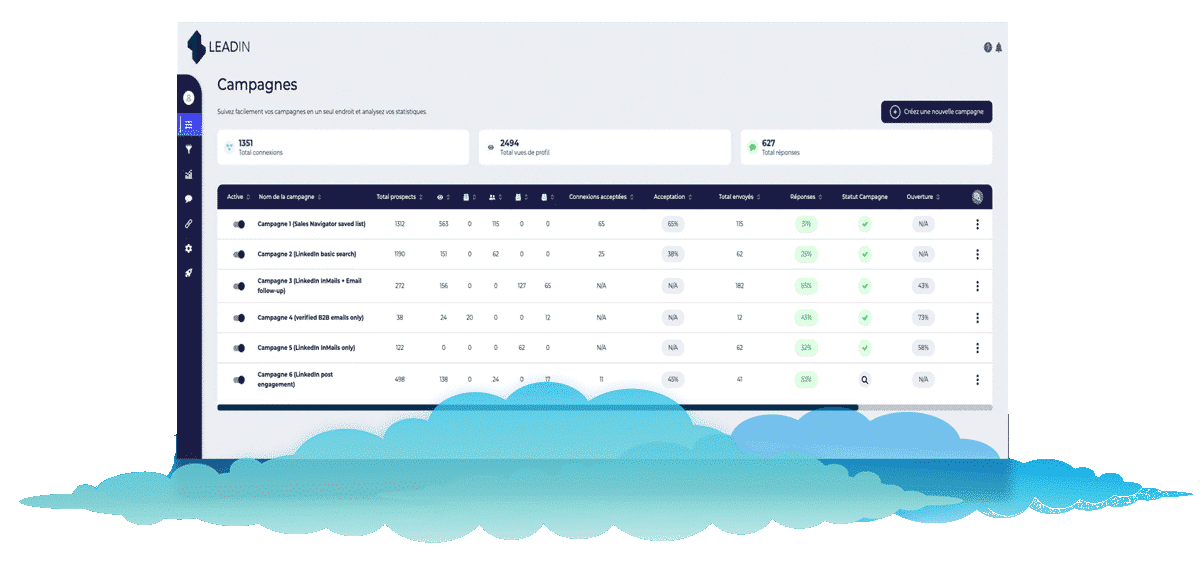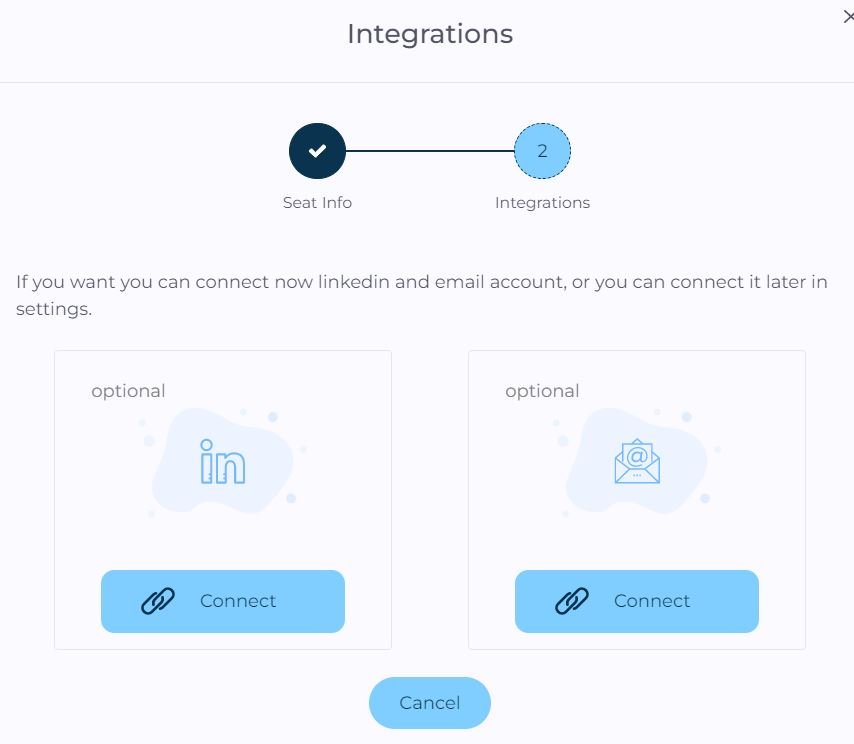Yes, LeadIn’s ability to combine LinkedIn with the email approach, to discover and verify professional emails, to recognize if the target’s profile is open to free InMails, allows you to bypass LinkedIn’s usage limits!
We are referring to LeadIn’s multi-channel prospecting and the ability to find alternative, secure, and truly effective paths to your prospects: LeadIn’s intelligent sequences react to the user’s behavior and choose the most direct way to get in touch with them.
Imagine sending 60-80 login requests per day, 80 free emails, and 100 emails to verified business addresses, all from a single sequence, isn’t that the most effective way to engage your market today?
We regularly try all the solutions on the market, you can believe us, it’s the most secure, comfortable and efficient!


























